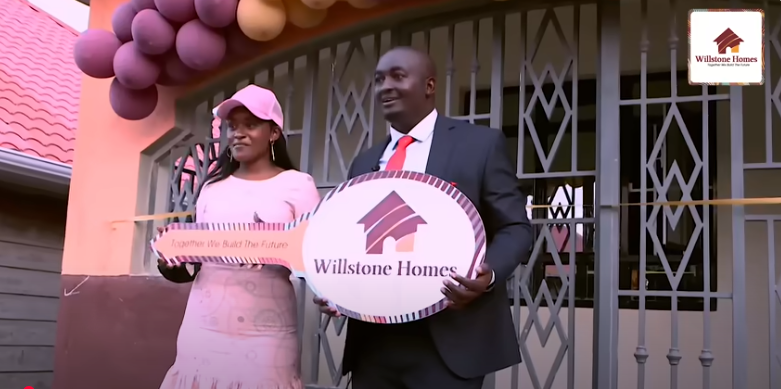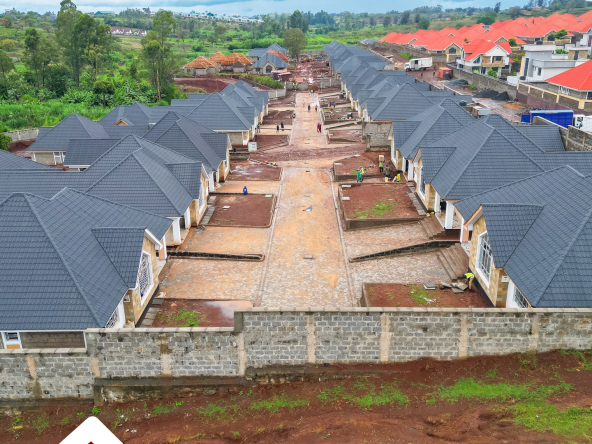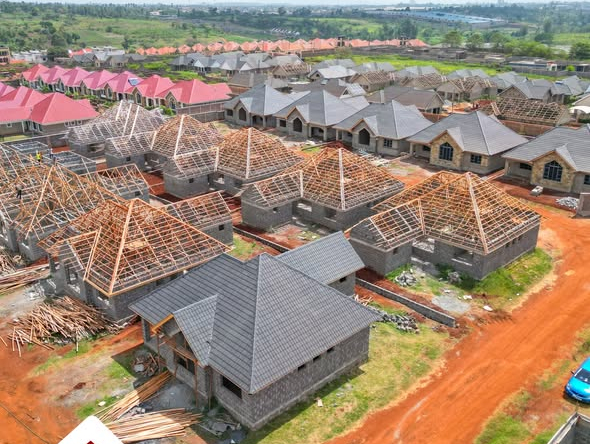Real estate is more than bricks, mortar, and land—it is a store of value. Yet, across many markets, homes lose value faster than expected because design choices fail to anticipate long-term shifts. According to a 2024 report by the Kenya Property Developers Association, nearly 30% of mid-range housing projects in Nairobi depreciated by over 15% within a decade, largely due to poor design foresight.
Contact Us
- Park Suites, 44 Parklands Road, Ground Floor, Suite 1, Willstone Homes
- +254711082011
- [email protected]
Design visioning, also called design guardianship, is the practice of embedding foresight, adaptability, and contextual relevance into architecture. It ensures a home remains desirable across changing tastes, lifestyles, and market cycles, thereby protecting its financial worth.
Read Also: Willstone Homes – When Stone Becomes Immortality, and Real Estate Turns into Empire
Design as Storytelling
Every enduring property begins with a narrative. Whether a home is built in the forest, by the coast, or within a bustling city, design should connect with its environment and culture.
- A forest residence should tell a story of retreat and tranquility.
- A coastal villa should embody openness, airflow, and freedom.
- A city apartment should reflect ambition and efficiency while offering calm interiors.
Properties with a strong architectural narrative sell for 12–18% more on resale compared to generic designs, because buyers feel a deeper sense of place and identity.
Creating Spaces for Connection
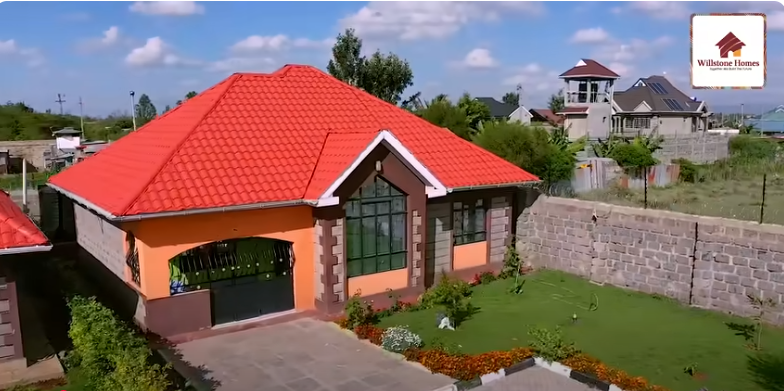
Design visioning ensures that homes are crafted for meaningful human connection. A good layout flows like a well-written book: welcoming entries, family-centered living areas, quiet retreats, and flexible spaces.
A 2023 African Urban Housing Study found that 76% of homeowners rank “functional layouts and lifestyle fit” above square footage. This means design that fosters connection—between family members, friends, and nature—becomes a premium feature, sustaining value in both rental and resale markets.
Aligning with Nature
Nature is not a backdrop but a co-creator of enduring architecture. Homes that harness natural light, airflow, and surrounding landscapes save on maintenance costs and remain attractive longer.
- Energy savings: Smart orientation and ventilation reduce electricity costs by up to 22% annually.
- Market premiums: Properties with preserved views (e.g., forest or ocean) fetch 15–20% higher prices.
- Longevity: Natural materials and passive cooling keep homes timeless compared to trend-heavy finishes.
Built to Endure
The most resilient properties are those that anticipate change. Instead of chasing trends, enduring homes use timeless proportions, durable finishes, and layouts that allow adaptation (such as converting an office into a bedroom).
A comparative analysis of Nairobi housing (2010–2025) shows that:
- Homes with flexible design retained 88–92% of their original value.
- Trend-driven properties dropped to 60–70% of original value.
Read Also: How Artificial Intelligence in Real Estate is Impacting Real Estate Investing in Africa
Data Snapshot: Property Value Retention
| Design Approach | 10-Year Value Retention | 15-Year Value Retention | Resale Premium |
|---|---|---|---|
| Vision-led (Design Guardianship) | 92% | 88% | +15% |
| Conventional Design | 80% | 72% | Neutral |
| Trend-Driven / Poorly Aligned | 70% | 60% | -10% |
Reading the Chart: The Long-Term Value of Design Visioning
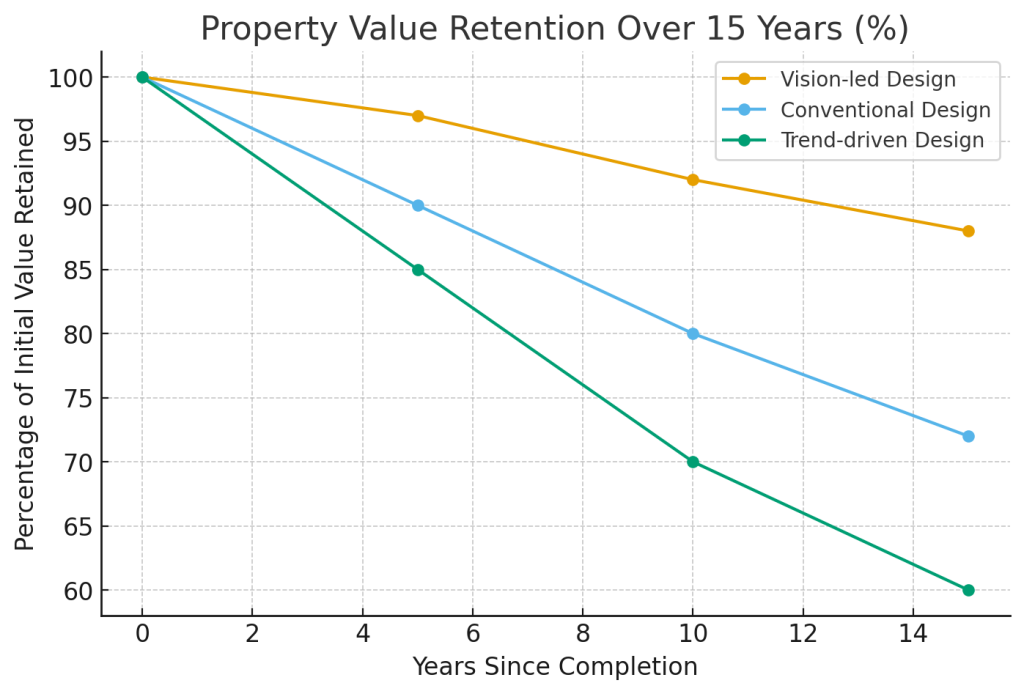
The chart illustrates how different design approaches influence property value retention over a 15-year period. At year zero, all homes begin at 100% of their original value. But the trajectory diverges sharply depending on design foresight.
- Vision-led (Design Guardianship): Homes with narrative-driven, adaptable, and environmentally aligned designs hold 92% of their value after 10 years and 88% after 15 years. This slow rate of depreciation reflects resilience and consistent market demand.
- Conventional Design: These properties, while functional, show steeper depreciation—falling to 80% of initial value after 10 years and just 72% by year 15. Without distinct identity or adaptability, they struggle to compete in shifting markets.
- Trend-driven Design: The weakest performer, trend-heavy developments lose value quickly. By year 10, they retain only 70% of their original worth, and by year 15, they drop further to 60%, leaving homeowners exposed to significant financial erosion.
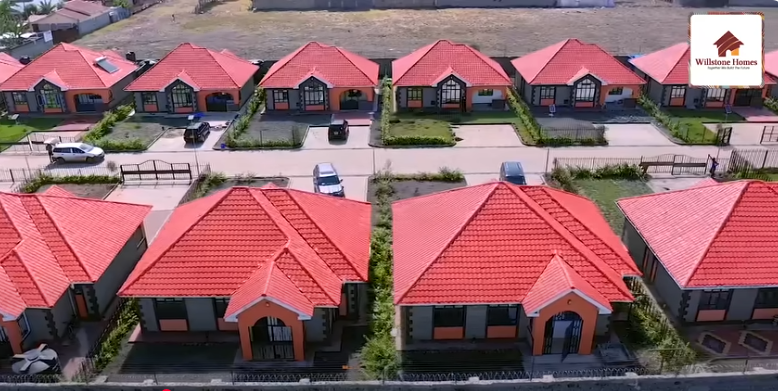
Insight: The evidence is clear—design visioning is not just about aesthetics. It safeguards property as an appreciating asset. For homeowners and developers alike, investing in vision-led design is a long-term wealth protection strategy.
Design visioning is more than an architectural philosophy—it is an economic strategy. By embedding storytelling, fostering connection, aligning with nature, and prioritizing endurance, developers and homeowners can safeguard property value for decades.
In an era where markets fluctuate and trends fade, design visioning ensures that real estate remains timeless, relevant, and financially resilient
Read Also: Townhouse vs. Maisonette Living in Nairobi: Which Housing Style Fits Modern Families Best?

